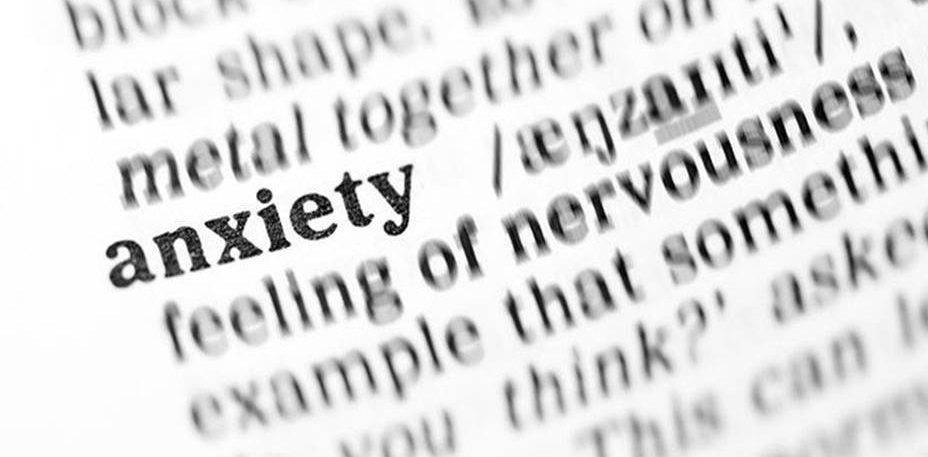The Liebowitz Social Anxiety Scale (LSAS) is a Self-Report (SR) test that measures your level of social anxiety. This social anxiety test helps you determine whether or not you have social anxiety disorder (also called social phobia).
Social anxiety refers to the anxiety that a person feels in social situations. At its core, it’s the fear of being judged negatively by others. It’s the fear of being embarrassed and humiliated in social situations.
It’s normal for people to feel anxious in certain social situations, but for those with social anxiety disorder, the anxiety is so overwhelming that it impairs important aspects of their lives.
For example, they may fear attending job interviews and hence prevent themselves from landing a job. Or they may be too afraid to initiate social interactions and, thereby, miss out on forming relationships.
People with social anxiety do what they can to avoid social situations, even though they know it’d be better for them if they did. There’s a difference between willingly avoiding social interactions you don’t want to be part of and avoiding social interactions you want to be part of. The latter is a sign of social anxiety.
Interestingly, people with social anxiety may even convince themselves they don’t want to participate in a social situation, even though deep down they know they do. You have to be mindful of that.
Taking the social anxiety test
The LSAS-SR scale assesses the role social anxiety plays in your life. The test is slightly different from many other psychometric tests in that it has two sub-scales covering two aspects of social anxiety- anxiety and avoidance.
This allows taking into account all combinations of the two factors. For instance, you may feel tremendously anxious in a situation, but you find that you no longer avoid it as much.
The test consists of 24 questions. You’re supposed to answer each question twice. First, you need to indicate how much anxiety you feel in that particular situation. Second, you need to indicate how often you avoid the situation.
The anxiety aspect ranges from None to Severe while the avoidance aspect ranges from Never to Usually. Never means 0% of the time, Occasionally means 1-33% of the time, Often means 33-67% of the time, and Usually means 67-100% of the time.
Try to base your answers on the past week or two as much as possible. For situations you’ve never encountered, ask yourself what you’d do in that hypothetical situation. Answer the questions honestly. If you have social anxiety, it may creep into the test and motivate you to answer dishonestly.
That’s no use since we don’t store your results in our database. The test results will be visible only to you. Also, no personal information will be taken. Though the test is clinically administered and has strong validity and reliability, you’re advised to seek professional help for a thorough diagnosis.
Reference
Liebowitz, M. R., & Pharmacopsychiatry, M. P. (1987). Social phobia.


